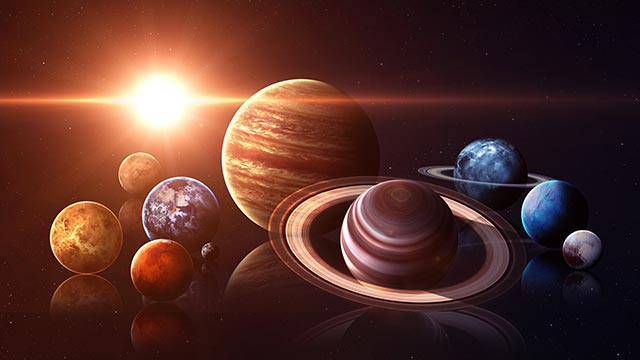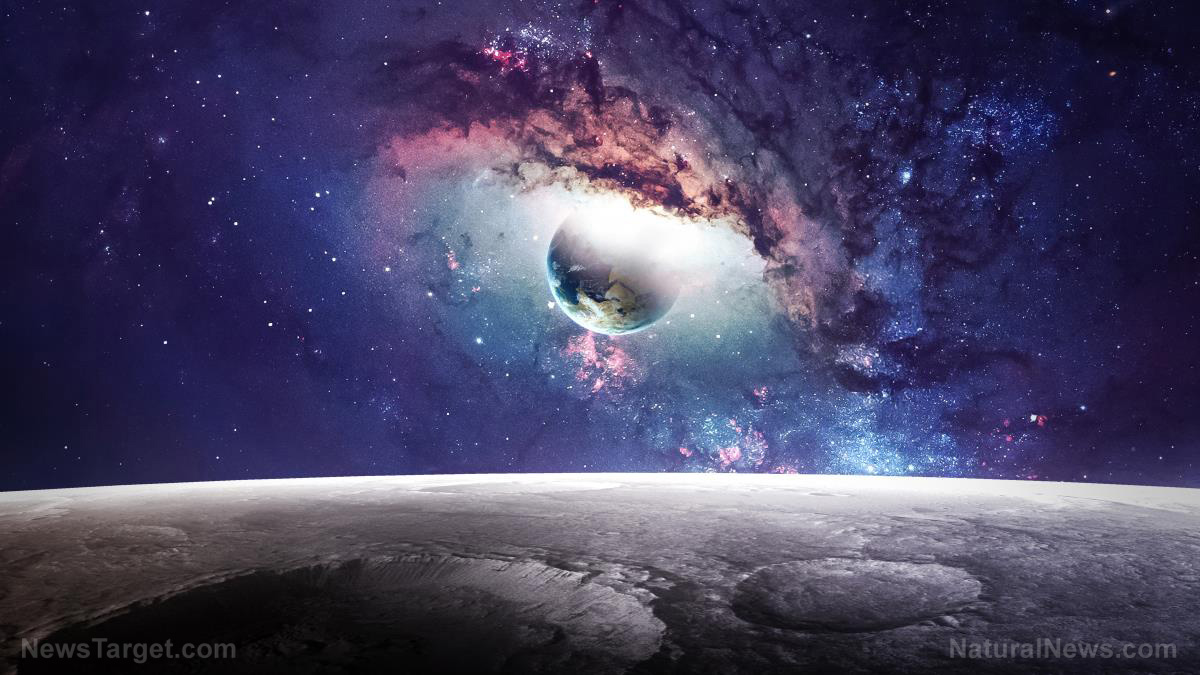Zodiacal light: Eerie glow at dusk and dawn traced back to Mars
03/22/2021 / By Virgilio Marin

A study led by the National Aeronautics and Space Administration (NASA) suggests that Mars may be responsible for the zodiacal light, a faint cone of light commonly seen extending from the horizon before dawn and at dusk.
The zodiacal light is the sunlight reflected toward Earth by a cloud of dust particles orbiting the sun. Scientists previously thought that the dust came from asteroids and comets, but data from NASA’s Jupiter-bound probe Juno shows that Mars may be the source of the dust all along.
The findings of the study were published in the Journal of Geophysical Research: Planets.
What Juno’s voyage reveals about the interplanetary dust cloud
Juno entered Jupiter’s orbit in 2016 after five years of traveling across space. During its voyage, four cameras aboard it snapped photos of the sky every quarter of a second to determine its orientation. One camera was further programmed to report things that appear in images but are not listed in the catalog of known celestial objects.
For a time, the camera sent back images of thousands of unidentifiable objects, which seemingly appeared and then disappeared from one image to the next.
“We thought, ‘Something is really wrong.’ The images looked like someone was shaking a dusty tablecloth out their window,” said John Leif Jorgensen, a researcher from the National Space Institute at the Technical University of Denmark and the lead author of the study who designed the four Juno cameras.
After calculating the size and velocity of the objects, Jorgensen and his team concluded that the objects were tiny grains of dust smashing into the spacecraft at around 10,000 miles per hour. The grains chipped tiny pieces off the probe due to the sheer velocity of their impacts.
“Even though we’re talking about objects with only a tiny bit of mass, they pack a mean punch,” said Jack Connerney, the principal investigator for Juno and one of the study researchers.
The researchers analyzed the impacts sustained by Juno to plot the size and distribution of the interplanetary dust cloud. Their analysis showed that the cloud’s inner edge starts at Earth’s orbit, or at one astronomical unit (AU) from the sun. Meanwhile, its outer edge is around two AU from the sun.
“That’s the dust we see as a zodiacal light,” Jorgensen noted.
Also known as false dawn or dusk, the zodiacal light looks like a hazy pyramid that juts out from the horizon. It is caused by sunlight reflecting off grains of dust in the inner solar system.
The grains are spread out in the same flat plane of space that Earth and other planets in the solar system occupy. This flat plane translates on Earth’s sky to a narrow pathway called the “ecliptic,” which is the same pathway that the sun and moon travel as they journey across the sky.
Mars the source of the dust
The dust cloud ends somewhere beyond Mars, at which point Jupiter’s gravity prevents dust from crossing into the outer solar system. This phenomenon, known as orbital resonance, also prevents dust in deep space from crossing into the inner solar system.
The profound influence of Jupiter’s gravity indicated that the dust cloud is in a nearly circular orbit around the sun. This led the researchers to hypothesize that the dust grains originated from Mars, the dustiest planet in the solar system. As to how the team arrived at this hypothesis, Jorgensen explained that Mars, which orbits the sun at around 1.5 AU, is the only known object in a circular orbit around two AU from the sun.
To test their hypothesis, the researchers developed a computer model that predicts how sunlight would reflect off the dust cloud. The model takes everything into account, including the effects of Jupiter’s gravity. When the researchers plugged in the orbital elements of Mars, the model matched the signature variations of the zodiacal light.
“That is, in my view, a confirmation that we know exactly how these particles are orbiting in our solar system and where they originate,” said Connerney. (Related: Mysterious Mars: Methane “burp” previously detected on Mars “seems to have disappeared”.)
The researchers cannot yet explain how Martian dust escapes the planet. In all, the findings of the study can be used to design spacecraft that can better withstand dust impacts.
Read more fascinating finds in space at Discoveries.news.
Sources include:
Tagged Under: cool science, cosmic, discoveries, dust cloud, Gravity, Juno probe, Jupiter, Mars, Mysteries, NASA, research, solar system, Space, space exploration, Unexplained, zodiacal light
RECENT NEWS & ARTICLES
COPYRIGHT © 2017 UNEXPLAINED.NEWS
All content posted on this site is protected under Free Speech. Unexplained.news is not responsible for content written by contributing authors. The information on this site is provided for educational and entertainment purposes only. It is not intended as a substitute for professional advice of any kind. Unexplained.news assumes no responsibility for the use or misuse of this material. All trademarks, registered trademarks and service marks mentioned on this site are the property of their respective owners.





















